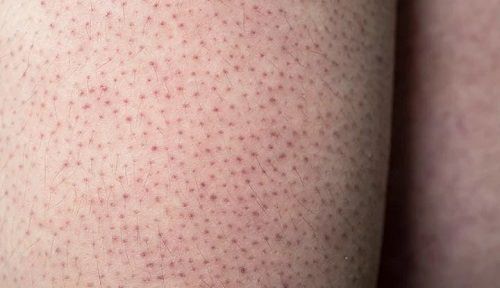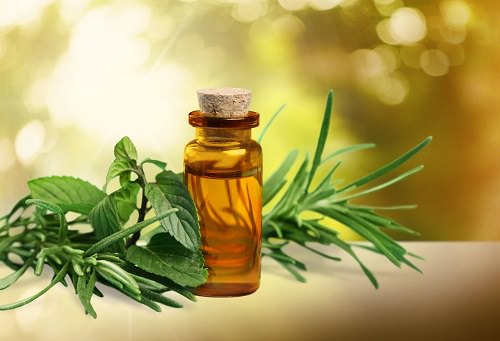Smooth away the bumps of keratosis pilaris with the help of nature’s healing touch. Use natural essential oils for Keratosis Pilaris to keep your skin silky and soft.
Keratosis pilaris triggers little, rough bumps to appear on the skin. It usually appears on the arms, thighs, and buttocks. The condition arises from an overabundance of the protein keratin, which clogs hair follicles and produces distinctive bumps.
Although keratosis pilaris is often a benign disease, for some people it can be unpleasant or unsightly. It can get worse by things like friction, perspiration, and tight clothes. The condition is frequently more evident in the winter or in people with dry skin.
Although there is no cure for keratosis pilaris, one can manage it using topical treatments containing urea or alpha-hydroxy acids. These can help exfoliate and soften the skin. A health practitioner might even suggest laser or light treatment in some circumstances.
Essential Oils for Keratosis Pilaris
While essential oils may assist with keratosis pilaris symptoms, it’s crucial to remember that you mustn’t use them in place of medical care. Before using essential oils to treat any skin disease, it is always advisable to get medical advice. That being said, some essential oils that may be beneficial for keratosis pilaris include:
1. Lavender Oil
Lavender oil has anti-inflammatory properties that may help reduce redness and inflammation associated with keratosis pilaris.
2. Tea tree Oil
Tea tree oil is a natural antiseptic that may help prevent bacterial infections and soothe itchy skin.
3. Eucalyptus Oil
Eucalyptus oil has anti-inflammatory and antimicrobial properties that may help reduce redness and inflammation associated with keratosis pilaris.
4. Frankincense Oil
Frankincense oil has anti-inflammatory properties that may help reduce inflammation and redness that occur usually due to keratosis pilaris.
Before applying essential oils to the skin, it’s crucial to dilute them with carrier oil, such as coconut oil or jojoba oil. You should always do a patch test before using any new essential oils to ensure that you won’t experience an adverse response.
Symptoms of Keratosis Pilaris
Little, rough, and occasionally red or inflammatory pimples on the skin are the predominant sign of keratosis pilaris. These lumps frequently feel like sandpaper and might be flesh-colored, white, or slightly red. They can appear on other regions of the body, such as the face, although they may be more obvious in areas with thin skin, such as the upper arms, thighs, and buttocks.
Keratosis pilaris can also be associated with other symptoms, such as:
- Itching or discomfort: Some people with keratosis pilaris may experience mild itching or discomfort in the affected areas.
- Dry skin: The skin in the affected areas may be dry and flaky and may feel rough or scaly.
- Inflammation: In some cases, the bumps may become inflamed or irritated, causing redness and swelling.
- Worsening with age: Keratosis pilaris often develops in childhood or adolescence and may worsen during puberty, but it typically improves with age and may disappear entirely in adulthood. If it worsens with age, a doctor’s attention is advisable.
The best course of action if you have keratosis pilaris symptoms is to see a dermatologist for a precise diagnosis and a suitable course of therapy.



